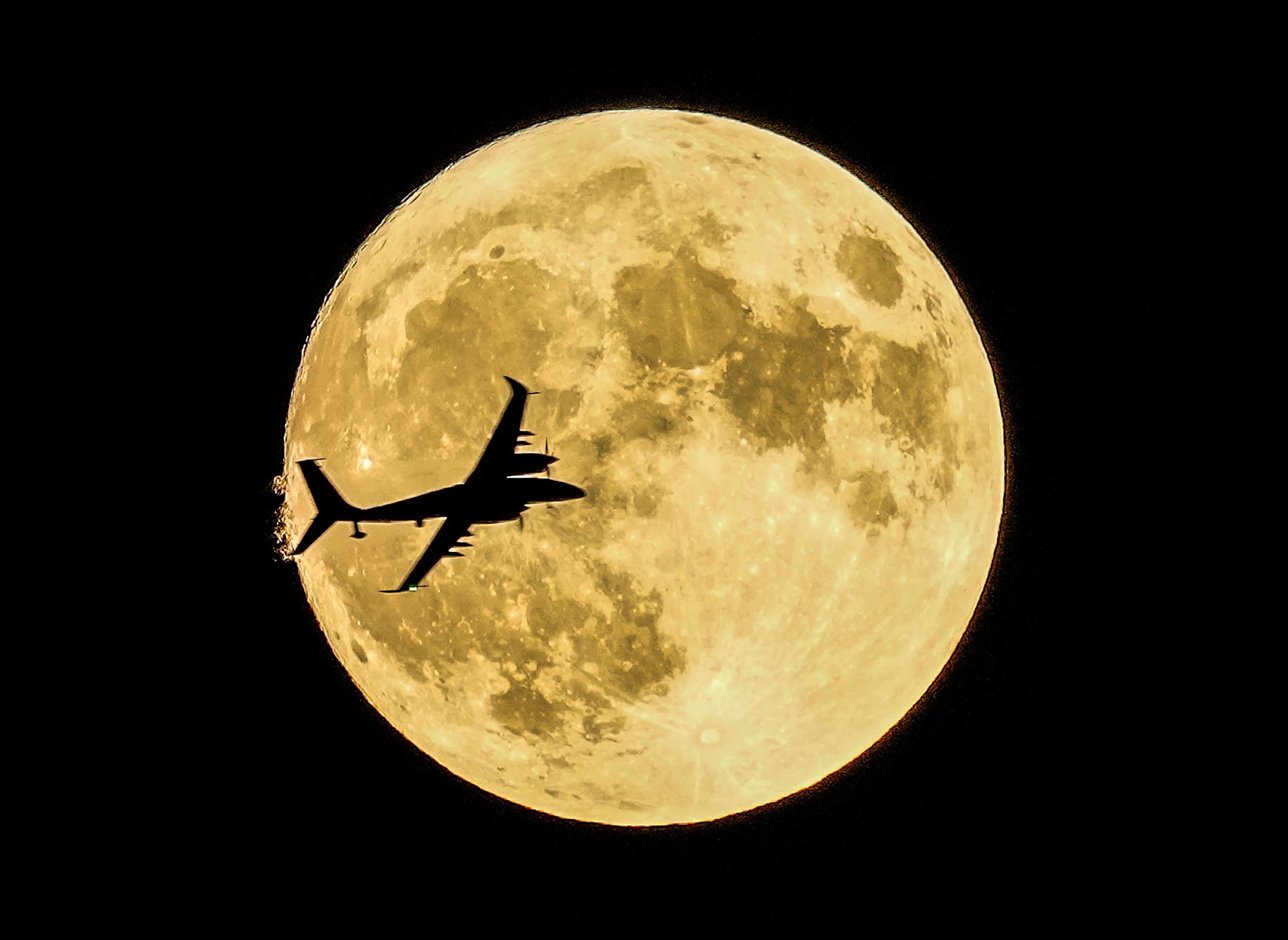September Supermoon: When is it and how to view it?

Your support helps us to tell the story
From reproductive rights to climate change to Big Tech, The Independent is on the ground when the story is developing. Whether it's investigating the financials of Elon Musk's pro-Trump PAC or producing our latest documentary, 'The A Word', which shines a light on the American women fighting for reproductive rights, we know how important it is to parse out the facts from the messaging.
At such a critical moment in US history, we need reporters on the ground. Your donation allows us to keep sending journalists to speak to both sides of the story.
The Independent is trusted by Americans across the entire political spectrum. And unlike many other quality news outlets, we choose not to lock Americans out of our reporting and analysis with paywalls. We believe quality journalism should be available to everyone, paid for by those who can afford it.
Your support makes all the difference.The world is about to see the last Supermoon of the year.
When the full Moon rises on 28 September, it will be bigger and perhaps brighter than usual, because it is relatively close to the Earth.
Our nearest neighbour will be a mere 361,552km away. That compares with the average distance of 384,472km.
Its relative proximity means that the Moon will appear larger and more clearly in the sky than usual, and can provide an exciting opportunity for people to get a good look at our satellite.
Doing so is easier than with many other celestial phenomena: you can simply look up at the sky, and see whether you can spot the difference in the Moon’s size, though looking through telescopes or binoculars could provide a good look at its surface.
It is best seen at Moonrise, when it begins to rise over the horizon. The other objects in front of it will help provide a sense of scale and can make the Moon look larger than normal.
This month’s Moon is also known as the Harvest Moon, so named because it comes closest to the start of Autumn. As well as coming around harvest season, the bright reflections from the Moon can be a helpful way of working into the night.
There is no formal definition of a Supermoon, and some astronomers have suggested that they are overhyped. What’s more, not all Supermoons are equal, and the lack of definition means that the word can be used for moons that are only slightly closer than normal.
But they can bring significant increases in the amount of light that appears on Earth: Supermoons cast about 30 per cent more light than when the Moon is at its dimmest, according to the Natural History Museum.
The museum’s planetary science researcher Sara Russell also noted that the Moon is actually moving slowly away from Earth. That means that what we call a Supermoon today was actually just the normal Moon a billion years ago.
This year has been a busy one for fans of the Moon. Last month, for instance, also saw a supermoon – which also happened to collide with a Blue Moon, for the last time this decade.
Join our commenting forum
Join thought-provoking conversations, follow other Independent readers and see their replies
Comments